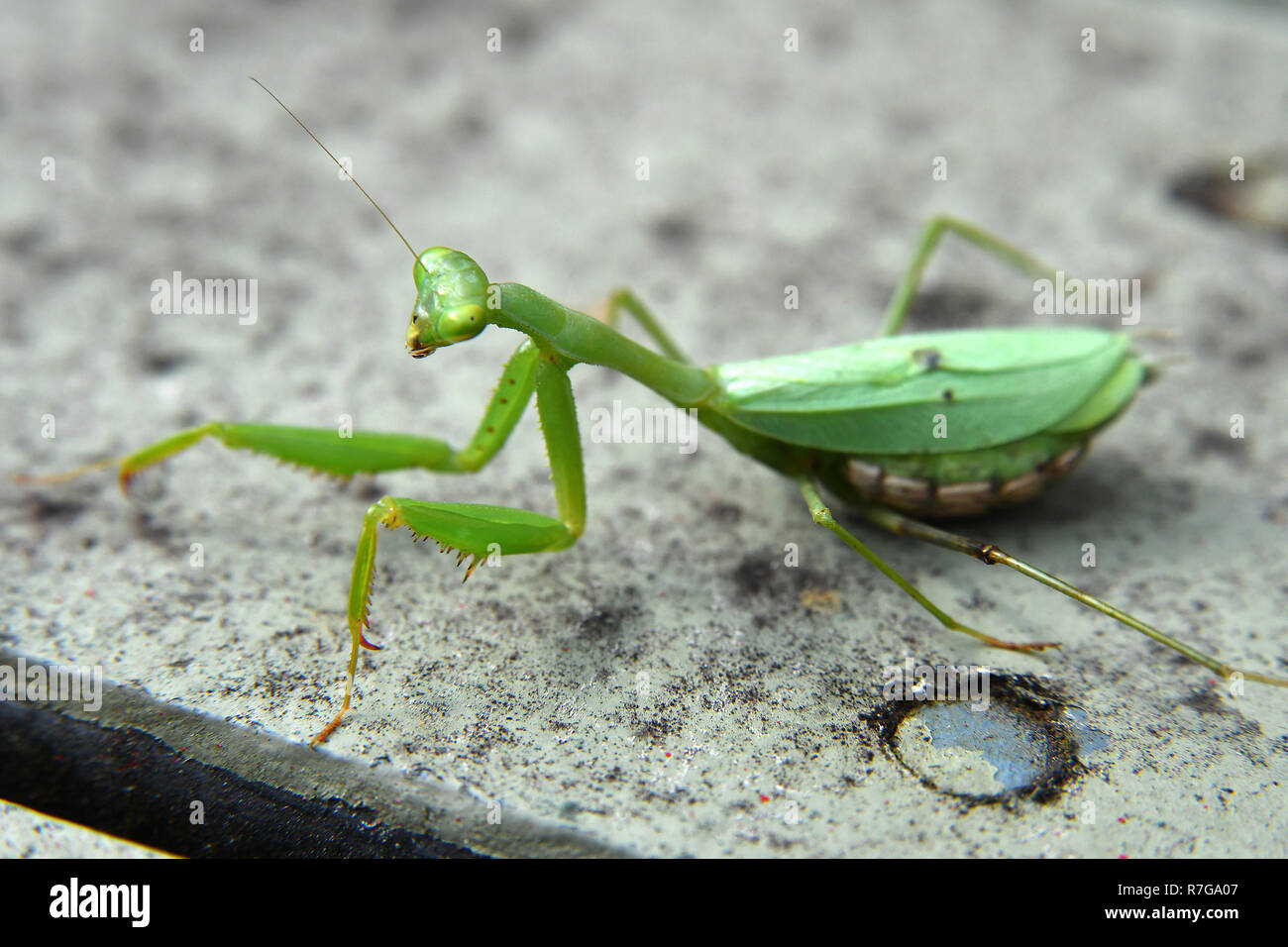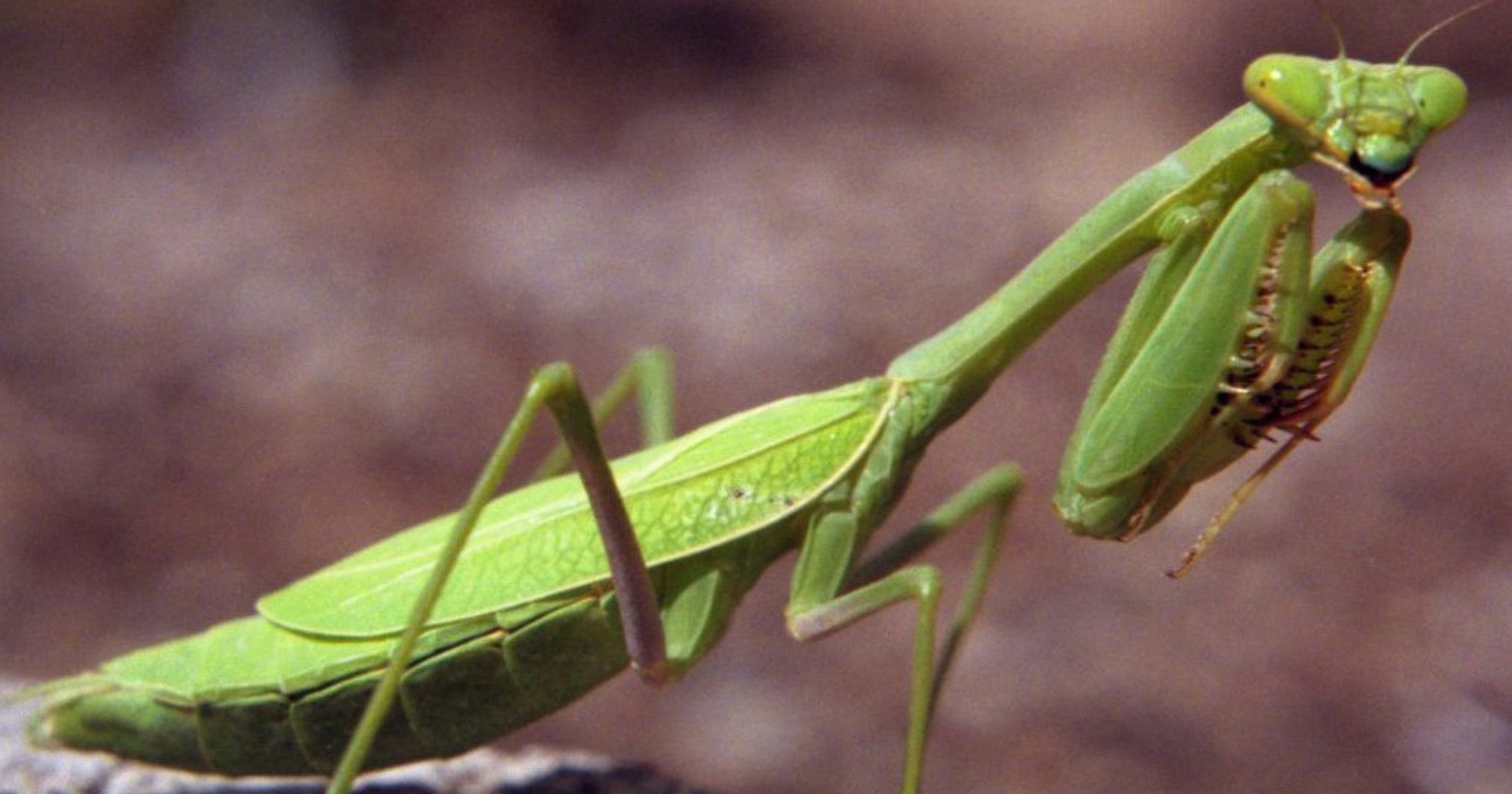
How to Know if a Praying Mantis Is Pregnant
Praying mantis females are known for their distinctive behavior after mating: they will often consume their male partner. This cannibalistic act has been the subject of much research and debate, and there is still much that we don’t know about it. However, one thing is clear: the female praying mantis’s reproductive system is truly unique.
If you’re interested in learning more about praying mantises and their fascinating reproductive habits, then you’re in the right place. In this article, we’ll explore everything you need to know about their reproductive system, mating behavior, and more. We’ll also answer some of the most common questions about praying mantises, so be sure to read on!
Signs of a Pregnant Praying Mantis
So, how do you know if a praying mantis is pregnant? There are a few telltale signs to look out for.
If you see any of these signs in a praying mantis, it is likely that she is pregnant. However, it is important to note that these signs can also be indicative of other health problems. If you are unsure whether or not a praying mantis is pregnant, it is best to consult with a veterinarian.
What to Do If You Find a Pregnant Praying Mantis
If you find a pregnant praying mantis, there are a few things you can do to help her.
Once the female praying mantis has laid her eggs, she will no longer need your help. You can release her back into the wild or keep her as a pet.
FAQs About Praying Mantises
Q: How long does a praying mantis stay pregnant?
A: The gestation period for a praying mantis is typically 4 to 6 weeks.
Q: How many eggs does a praying mantis lay?
A: A female praying mantis can lay anywhere from 10 to 400 eggs.
Q: What do praying mantis eggs look like?
A: Praying mantis eggs are typically oval-shaped and white or brown in color. They are often found in clusters on leaves or twigs.
Q: How long do praying mantis eggs take to hatch?
A: Praying mantis eggs typically hatch in 4 to 6 weeks.
Q: What do baby praying mantises eat?
A: Baby praying mantises eat small insects, such as aphids and flies.
Conclusion
Praying mantises are fascinating creatures with a unique reproductive system. If you’re interested in learning more about these amazing insects, be sure to do some research online or visit your local library.
Are you interested in learning more about praying mantises? If so, be sure to check out the following resources:
- The Praying Mantis Online
- The National Praying Mantis Society
- The Praying Mantis Research Center

Image: www.reddit.com

Image: www.fdlreporter.com
Pregnant Praying Mantis #1 | Flickr – Photo Sharing! Jul 21, 20234. Provide humidity with a light daily misting or bowl of water. Praying mantises don’t actually need to drink water, but it can be good to provide a small bowl of water anyway in the bottom of the cage. The water will help keep the air humid enough for the mantis. You can use a small bottle cap, for instance.